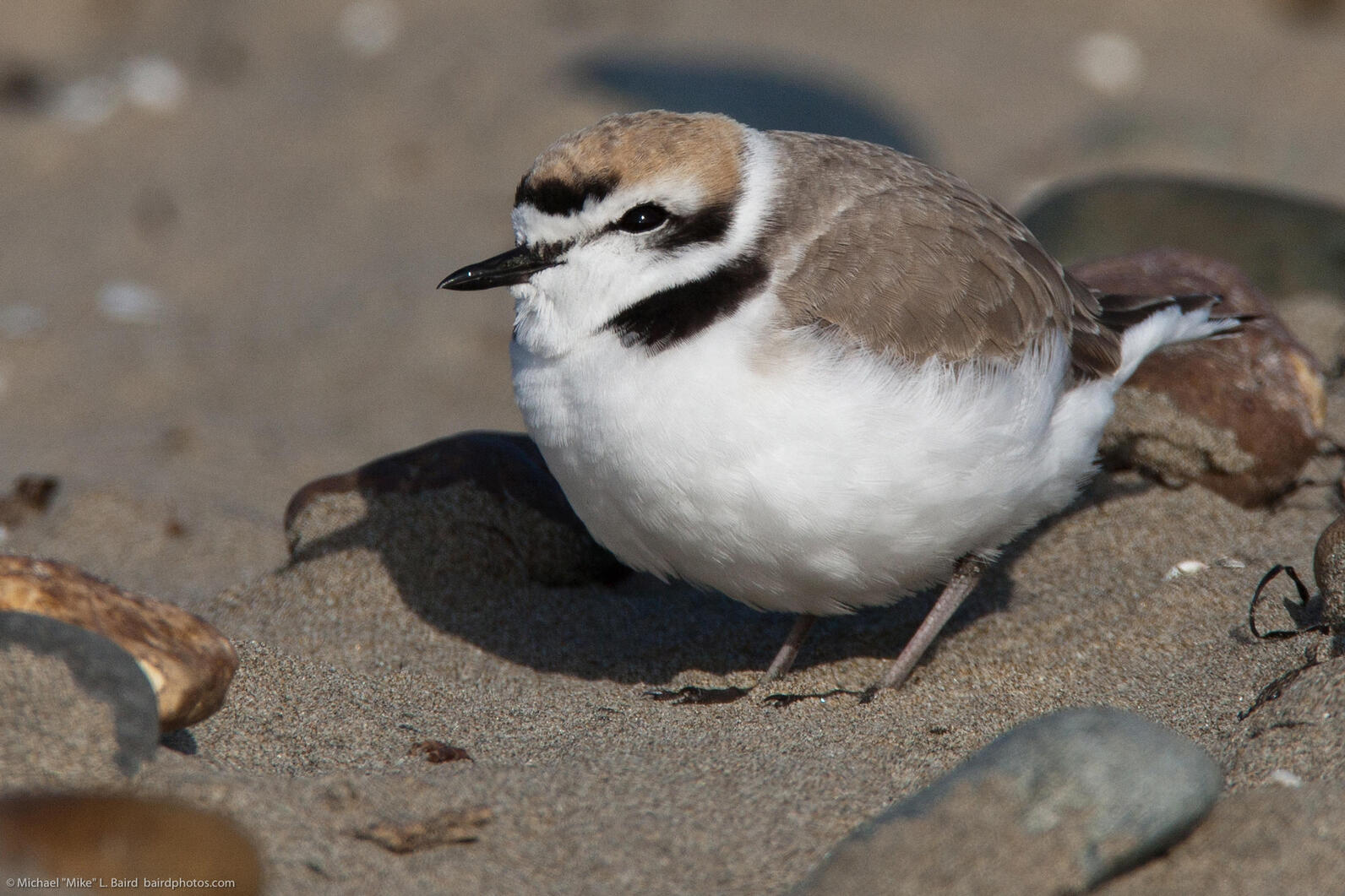Showing 1–8 of 869 results

Every year on the third Friday of May, the nation celebrates Endangered Species Day. This day is an opportunity to learn about the importance of protecting threatened and endangered species and their habitats. Here in the California Bay Area, a lucky birder has the chance to see the threatened Western Snowy Plover- a subspecies of the Snowy Plover found along the Pacific coast from Washington to Baja California. The population distinguishes itself by nesting adjacent to tidal waters of the Pacific Ocean where other Snowy Plovers nest further inland and migrate to coastal areas during winter months. This small shorebird is about 6 inches long with a short neck and moderately long, dark legs. A thin, dark bill is used to catch tiny crustaceans, mollusks, and marine worms along the shore. This plover has a pale brown back and head with a white belly, chest, neck stripe, forehead, and eyebrow line. Breeding adults have dark patches on the shoulders, behind the eyes, and above the white patch on the forehead. In sparsely vegetated areas above the high tide line, females will lay 3 eggs in a shallow depression in the sand after which they share incubation duties with males. As soon as her eggs hatch, a female leaves to renest with another male if possible. Just hours after hatching, chicks are up and out of the nest searching for food! Males will care for their chicks by leading them to feeding areas rather than bringing them food directly. Catching a glimpse of a Western Snowy Plover can be difficult, especially when human activities such as walking, jogging, off leash pets, horseback riding, and vehicle use on beaches, particularly during the nesting season (March – September), are key factors in the plover’s decline. Click here to learn more about Western Snowy Plover and what you can do to help its recovery!
Connecting California Audubon Centers Through Community Conservation
How Proposition 4 positions us for a positive future
How bats shape our environment and why they are more important than you might think
An environmental and biophysical review of stem cell capabilities in the preservation of avian species
How we can save the San Francisco Garter Snakes before it’s too late
The balance of biodiversity starting at the makeup counter: Plastic waste from makeup products
Climate change in the Amazon region leads to 300,000 square miles of land destroyed within the Amazon Rainforest